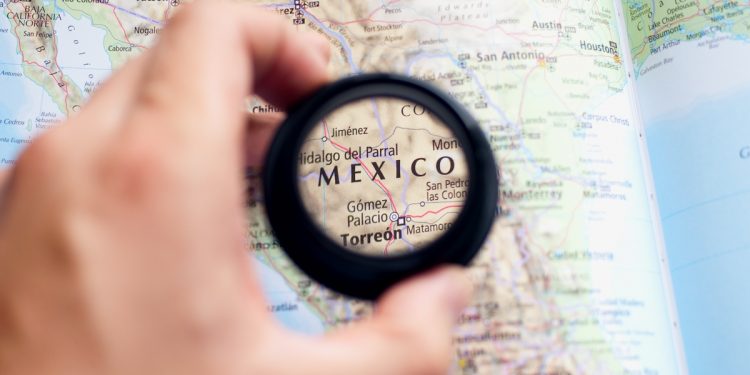When you’re scouting for a place to live or retire to in Mexico, or even if you only plan to live here for a set time, it’s wise to short-list locations which offer climate types you know you feel comfortable living in.
Adjusting to the year-round climate
There’s a significant difference between going somewhere very hot for a short vacation and living in a hot climate all year-round. Conversely, there are some places that are beautifully warm in the summer and can get quite cool or cold in the winter. Mexico’s varied landscape offers you choice in climates, and whether you envision yourself living in a hot and humid place, or somewhere more temperate at higher elevation with fresh mountain air, Mexico has options for you.
Temperate climates in places situated at elevation
Most of Mexico’s principal towns and cities away from the coasts are situated at elevation: Mexico City is situated at over 7,000 feet above sea level, and many of the places in Mexico’s colonial heartland are situated at elevations of at least 5,000 feet above the sea.
The elevation combined with the mountainous terrain tends to keeps the local climate in these areas quite temperate, in stark contrast to most of Mexico’s sea-level towns and cities which are hot and, for at least a few months of the year, very humid too.
Temperatures at beach locations tend to be comfortably warm during through the late fall and winter winter months, whereas colonial cities situated in elevated mountain areas can get chilly or even cold during some winter months, especially overnight; although it’s very rare for temperatures to plummet and, in any event, fireplaces and electric or gas-fired heaters can take away any cold-edges you may experience.
Homes in colonial cities don’t tend to have air conditioners installed as they are simply not needed here: on hotter summer days, opening windows to allow an airflow through your home, or using a small fan to create ventilation provides sufficient fresh air to stay comfortable.
Winter warmth and summer heat at sea level
Coastal areas south of the Tropic of Cancer, and the low-lying areas of the Yucatán peninsula, tend to have warm and comfortable climates between November and March, which many people find agreeable and thus attract a considerable number of ‘snowbirds’ (winter residents) from the northern reaches of the continent.
However, from April onward temperatures in these places rise steeply and the humidity levels rise dramatically. Most people living in these areas during the summer months need to use air conditioning to keep cool and as these consume a lot of electricity, you can expect your summer electricity bills to be materially higher if you make extensive use of them to stay comfortable. Some people in hot regions use their swimming pool as means to cool down and save on expenses.
Choose wisely: the local climate influences us every day
The location you choose will determine the type of climate you experience, and this in turn will influence your lifestyle situations everyday, so it’s worth taking this into careful consideration when you’re scouting potential places to live in Mexico.
By taking some time to consider the climate zones you naturally feel comfortable living in, you’ll be able to short list places which match those and thus help you to settle more easily when you move here.
To get better acquainted with the different climates throughout the year in Mexico see our guide to climates and weather in Mexico, and read our article Land of Three Lands to get further insights.
Resources for Living & Lifestyle in Mexico
Mexperience offers you a comprehensive online resource of information and local knowledge to help you discover Mexico, explore choices, find opportunities and plan a new life in Mexico. Our resources include:
- Insightful articles about living and lifestyle in Mexico
- Complete guides to aspects of living in Mexico
- A library of free Mexico eBooks you can download
- A regular Mexico Newsletter you can subscribe to for free
Mexico in your inbox
Our free newsletter about Mexico brings you a monthly round-up of recently published stories and opportunities, as well as gems from our archives.











